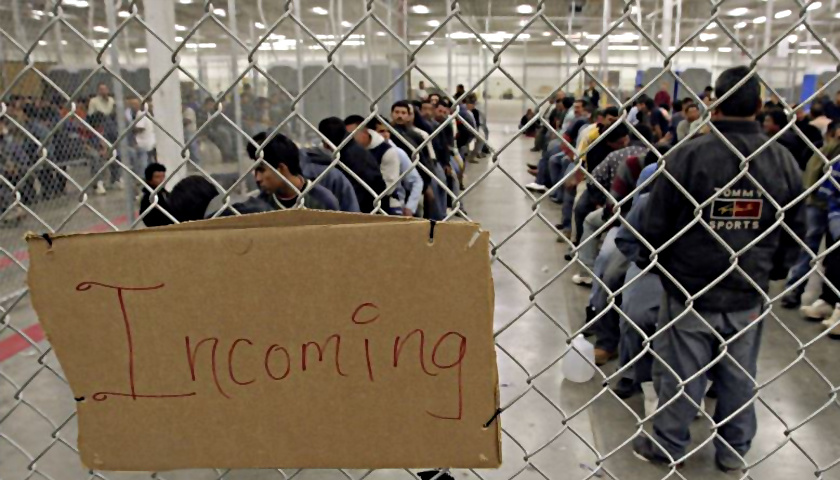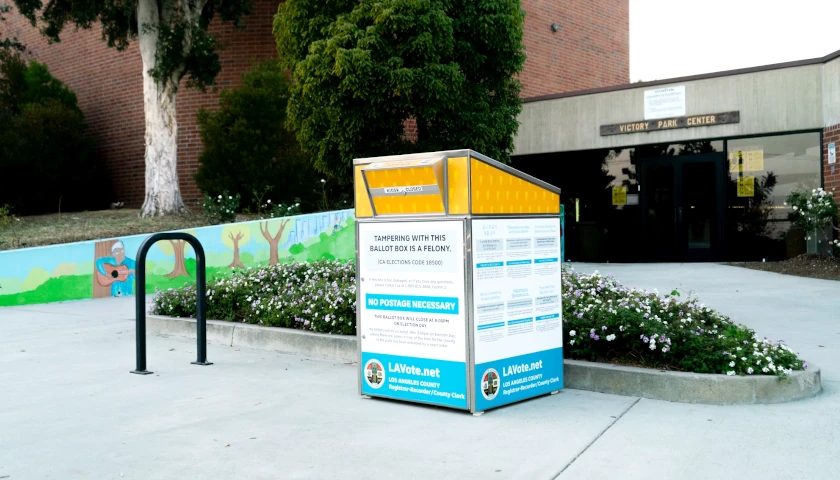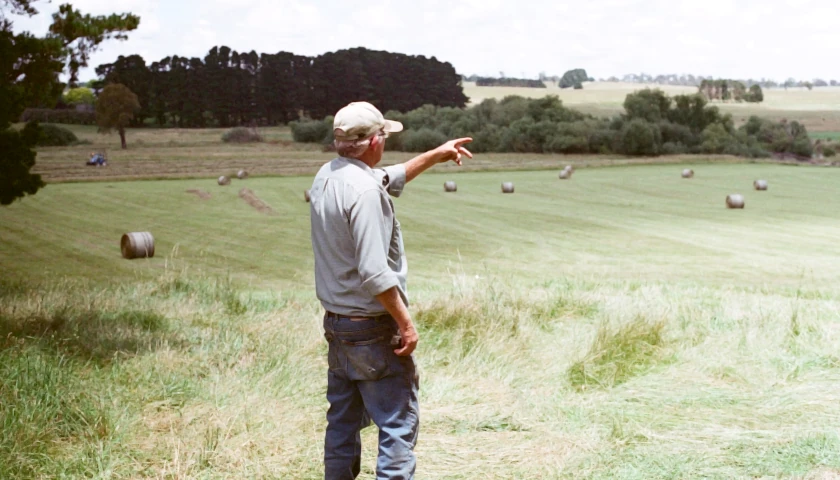by Evie Fordham
Several thousand migrants from Central American countries are headed to the U.S. in a caravan. Those who reach the border are expected to petition for asylum, but there are multiple options for where individuals will stay as they wait for their cases to make it through the immigration court backlog.
Migrants can claim asylum once they reach the U.S., and many make it over the first hurdle of proving they have credible fear of returning to their home country.
 A person is granted asylum if they can prove they fled their home country because of persecution on the basis of race, religion, nationality, membership in a particular social group, or political opinion. But that first hurdle is not a guarantee of asylum. Immigration court backlog can also slow down the asylum process. The non-detained docket has a backlog of over 700,000 migrant family cases.
A person is granted asylum if they can prove they fled their home country because of persecution on the basis of race, religion, nationality, membership in a particular social group, or political opinion. But that first hurdle is not a guarantee of asylum. Immigration court backlog can also slow down the asylum process. The non-detained docket has a backlog of over 700,000 migrant family cases.
Where individuals are detained (or not) depends on many factors, such as if the migrant is an unaccompanied minor or traveling in a family unit. ICE oversees detention in both publicly and privately run facilities, which are located in all 50 states but most concentrated in California and Texas.
Here are some of the options for where immigrants might be detained or placed in detention-alternative programs during the asylum-seeking process.
Private Detention Facilities
Individuals and families may be detained at facilities run by private companies that contract with Immigration and Customs Enforcement. Some of the more prominent companies include GEO Group and CoreCivic, which have facilities in states including Texas, Louisiana and Colorado with thousands of beds total.
ICE has guards at the private facilities, some of which are designed for families. For example, the GEO Group runs the Karnes County Residential Center in Karnes City, Texas. It is now designed to hold migrant families after its contract was modified in 2014.
Increasing numbers of families have been crossing into the U.S., according to Customs and Border Protection statistics. Those numbers pointed to the highest single-month total on record in September 2018 when 16,658 people traveling in family units were arrested by the Border Patrol at the southwest border.
Families at the border attracted attention in the summer, when President Donald Trump signed an executive order ending family separation at the border on June 20 after backlash against the practice.
But how do these migrants get to facilities in states far from the border? ICE uses ground transportation but also contracts chartered flights and pays for tickets on commercial airlines, too, reported CNBC.
Unaccompanied Children
Unaccompanied migrant children are placed under the care of the Administration for Children and Families under the Department of Health and Human Services.
The majority of unaccompanied alien children are cared for through a network of state licensed [Office of Refugee Resettlement]-funded care providers, most of which are located close to areas where immigration officials apprehend large numbers of aliens, according to HHS’s website. These care provider facilities are state licensed and must meet ORR requirements to ensure a high level of quality of care.
Jails or Correctional Facilities
Roughly 100 jails and correctional facilities were accepting immigrants detained by ICE as of November 2017, according to CityLab. Some of the “ones with the highest average daily populations” are York County Prison in Pennsylvania and Essex County Correctional Facility in New Jersey.
A surge in illegal border crossings caused ICE to contract with the Federal Bureau of Prisons to house roughly 1,600 immigrants in June, before Trump signed the executive order ending family separation, reported NPR.The migrant caravan made up of largely Honduran nationals is roughly 1,000 miles away from the border. The number of people in the caravan has significantly dwindled from its peak of roughly 7,000 people, and the Trump administration is reportedly mulling policies including shutting down the border or preventing people who cross the border illegally from applying for asylum.
Alternatives to Detention
Whether immigrant families are detained or placed in programs known as alternatives to detention (ATD) can affect how long their asylum cases take to adjudicate — and that can mean a difference between less than two months for detained asylum seekers or several years for those in ATD.
Some ATD methods include community monitoring through nonprofit organizations and GPS tracking with ankle or wrist bracelets, but they do not always result in individuals returning to court during immigration proceedings.
The absconder rate for family units in ATD was 28 percent between Oct. 1, 2017 and July 31, ICE official Matthew Albence told the Senate Homeland Security Committee in July. That number was even higher than the absconder rate for individuals during the same period, which was 16 percent.
– – –
Evie Fordham is a reporter for the Daily Caller News Foundation. Follow Evie on Twitter @eviefordham.




